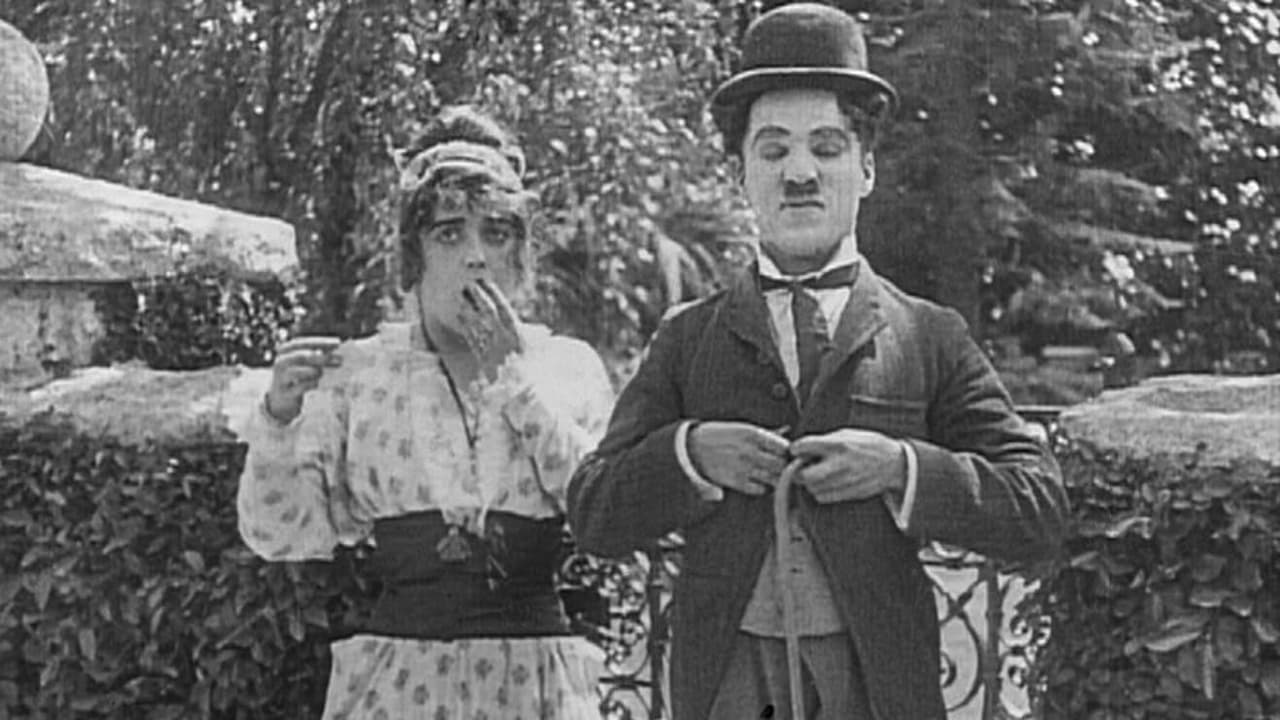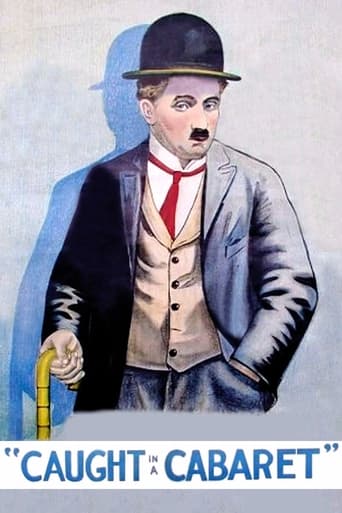

disgusting, overrated, pointless
... View Moreif their story seems completely bonkers, almost like a feverish work of fiction, you ain't heard nothing yet.
... View MoreThe best films of this genre always show a path and provide a takeaway for being a better person.
... View MoreThere are moments that feel comical, some horrific, and some downright inspiring but the tonal shifts hardly matter as the end results come to a film that's perfect for this time.
... View MoreThis is another two reel comedy manufactured in Mack Sennett's comical factory out in Californy state. It caused so much laughter you couldn't hear what the actors was talkin'. Charles Chaplin was the leading fun maker. Mabel Normand, with several of the actors finished the show artistically. Sennett must have been behind the camera. Continuous laughter greeted the offering. - The Moving Picture World, May 9, 1914
... View MoreLike all of the very early Chaplin works on this VHS, the quality is rather poor and there are dropouts -- not from the tape, but from the film elements -- sometimes enough so that the action is hard to follow. Not that it matters a whole lot, as these are for the most part very simple films with lots of knockabout action, broad humor, and very little else."Caught in a Cabaret" finds Charlie as a waiter in a cheap cabaret who, on an unauthorized "break" tries to convince a wealthy society girl that he is the Ambassador from Greece (how or why he contrives this particular scam is uncertain). He doesn't fool all of her high-society friends however and it all ends in a big ruckus back at his workplace. A bit overlong, lacking in the timing that Chaplin would bring to his efforts in as little as a year, but pleasant enough in a rough, silly way.
... View MoreCaught in a Cabaret (1914) *** (out of 4) Chaplin is mistaken as a Greek Ambassador and must keep a girl's family from finding out. This one here is a real riot with some wonderfully funny fight scenes but the real highlights are the title cards, which feature some very funny one-liners. Also of note is that this storyline would play a big part in future Chaplin films.A Busy Day (1914) ** (out of 4) Chaplin plays a woman(!) who gets tired of her husbands and decides to fight with him in public. This here really doesn't have a single funny moment but it's still interesting to see Chaplin playing a woman.Fatal Mallet, The (1914) *** (out of 4) Chaplin, along with two other guys, fights for the affection of a woman. Instead of using their fist the guys instead throw bricks at one another. This is a very funny film that has some outrageous violence that makes for a good time.Knockout, The (1914) *** (out of 4) To show off his braveness, Fatty Arbuckle challenged a professional boxer to a fight. Fatty is funny as usually and like the above film, this one here gets the laughs from violence ranging from punches to items being thrown. Chaplin has a small but funny cameo as the referee.
... View More"Caught In A Cabaret" marks one of the first teamings of Mabel Normand and Charlie Chaplin, two of the titans of film comedy! Their playing is far subtler and wittier than that of their contemporaries at Keystone or at the other comedy studios.Their chemistry is great together. Now that it is out that Mabel Normand directed several of her own and others' comedies at Keystone, what a treat to have been on the set and story conferences where she and Chaplin worked. "Caught in A Cabaret" is also noteworthy for the teaming of Chaplin and Fatty Arbuckle. Comedy heaven! As if that weren't enough, Arbuckle's then-wife, Minta Durfee (a formidable light comedienne in her own right) rounds out the cast. Her scenes with Arbuckle are light and playful while her chemistry with Mabel Normand would've warranted an all-female comedy team.While the film's pictorial quality has obviously aged, it shows a Victorian-era Los Angeles.A fun, enjoyable two-reeler with a cast unmatched since "Libeled Lady" (1936)!
... View More